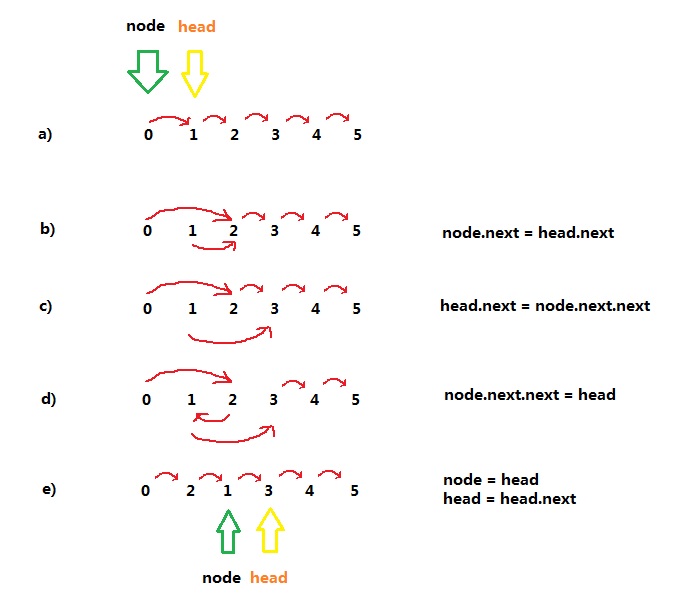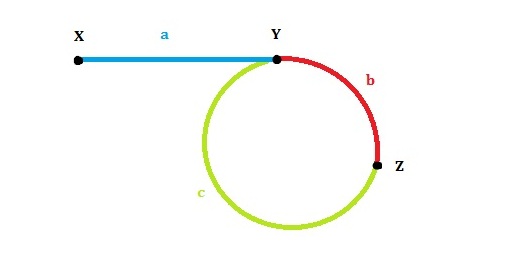Given a binary tree, return the level order traversal of its nodes’ values. (ie, from left to right, level by level).
For example:
Given binary tree[3,9,20,null,null,15,7],3 / \ 9 20 / \ 15 7return its level order traversal as:
[ [3], [9,20], [15,7] ]
Analysis:
Use queue.
Time complexity: O(n)
Space complexity: O(n)
Code is below:
/**
* Definition for a binary tree node.
* public class TreeNode {
* int val;
* TreeNode left;
* TreeNode right;
* TreeNode(int x) { val = x; }
* }
*/
public class Solution {
public List<List> levelOrder(TreeNode root) {
// O(n) BFS
List<List> result = new ArrayList<>();
if (root == null) {
return result;
}
Queue queue = new LinkedList<>();
queue.offer(root);
while (!queue.isEmpty()) {
ArrayList level = new ArrayList<>();
int size = queue.size();
for (int i = 0; i < size; i++) {
// poll the head
TreeNode head = queue.poll();
level.add(head.val);
// add the left subnode
if (head.left != null) {
queue.offer(head.left);
}
// add the right subnode
if (head.right != null) {
queue.offer(head.right);
}
}
result.add(level);
}
return result;
}
}

